Corporate Finance Report: Gordon Theory and Capital Structure Analysis
VerifiedAdded on 2022/11/27
|5
|852
|337
Report
AI Summary
This report delves into the realm of corporate finance, specifically examining the concept of capital structure and its relationship with dividend policy. The analysis centers on the Gordon model of dividend policy, which evaluates the impact of dividend payout on a company's share price. The report explores the model's assumptions, including an all-equity capital structure and the use of retained earnings for investment. It further examines how the Gordon model assesses the market value of a company's shares under different scenarios such as normal, growth, and declining firms. The report concludes that investors tend to value current dividends more than future capital gains, influencing a firm's decision on whether to pay dividends or not based on its type. The analysis highlights the significance of capital structure decisions in minimizing the cost of capital and maximizing the company's market value. The report emphasizes that the optimum capital structure is dependent on the type of firm and its strategic financial decisions.
1 out of 5
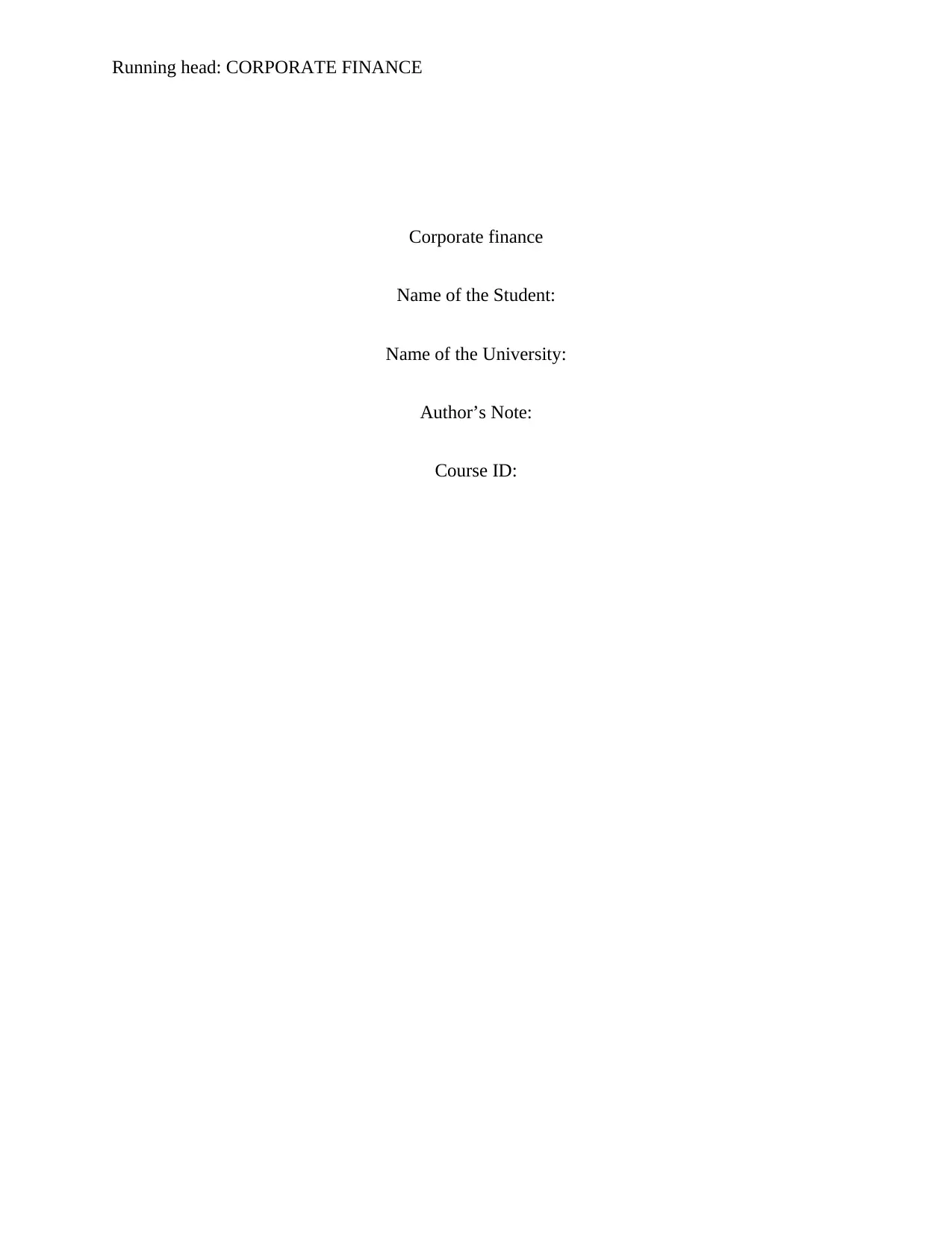
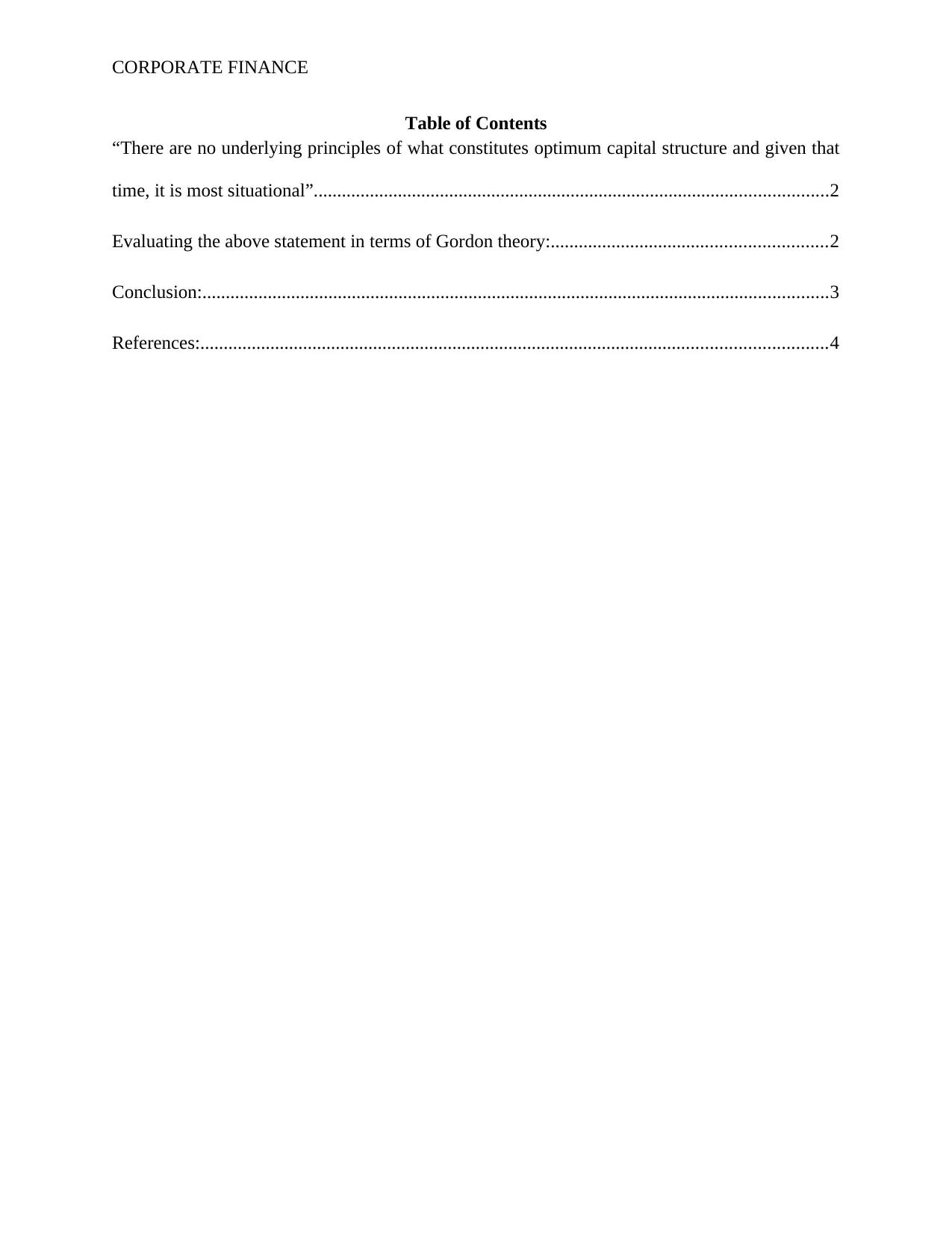
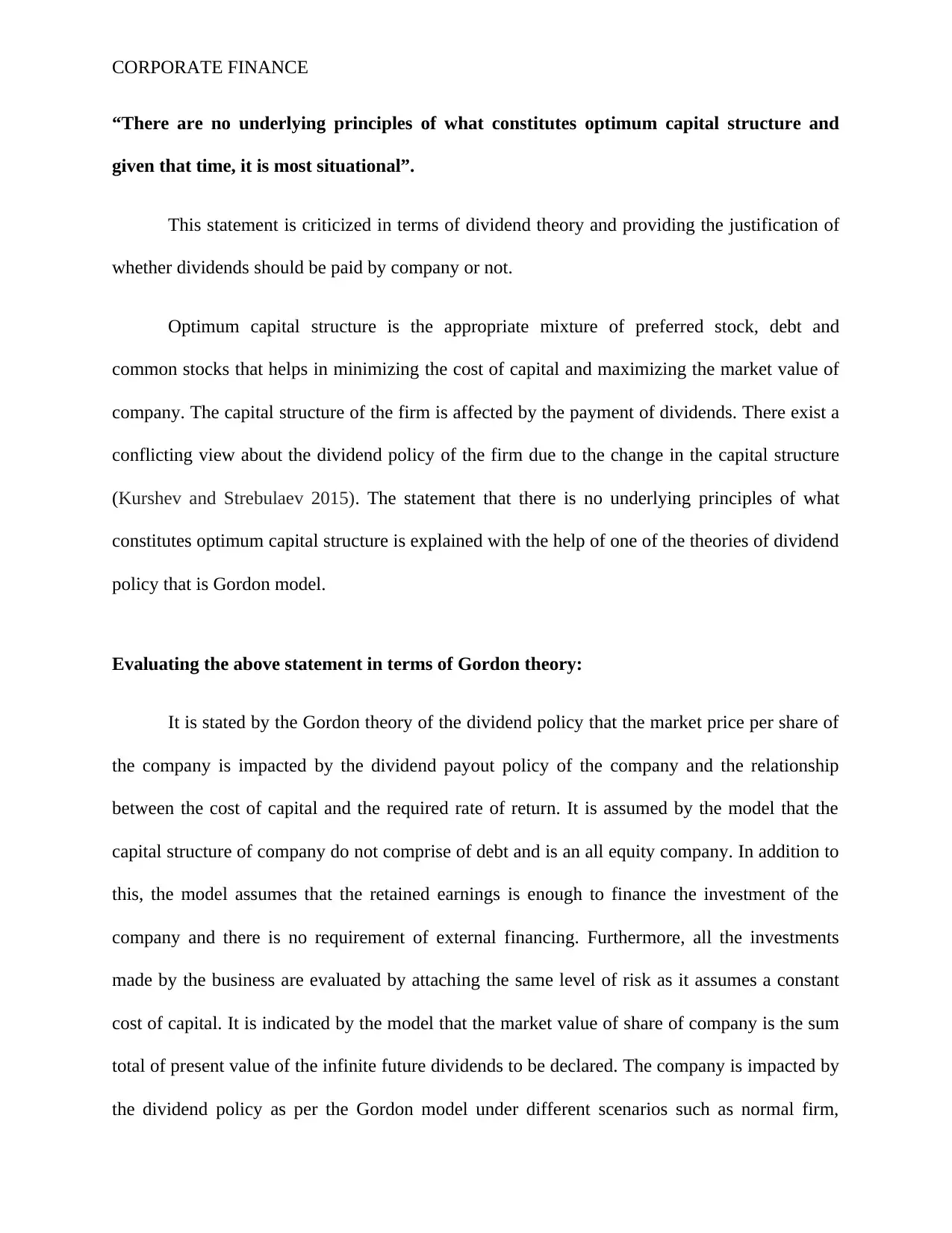

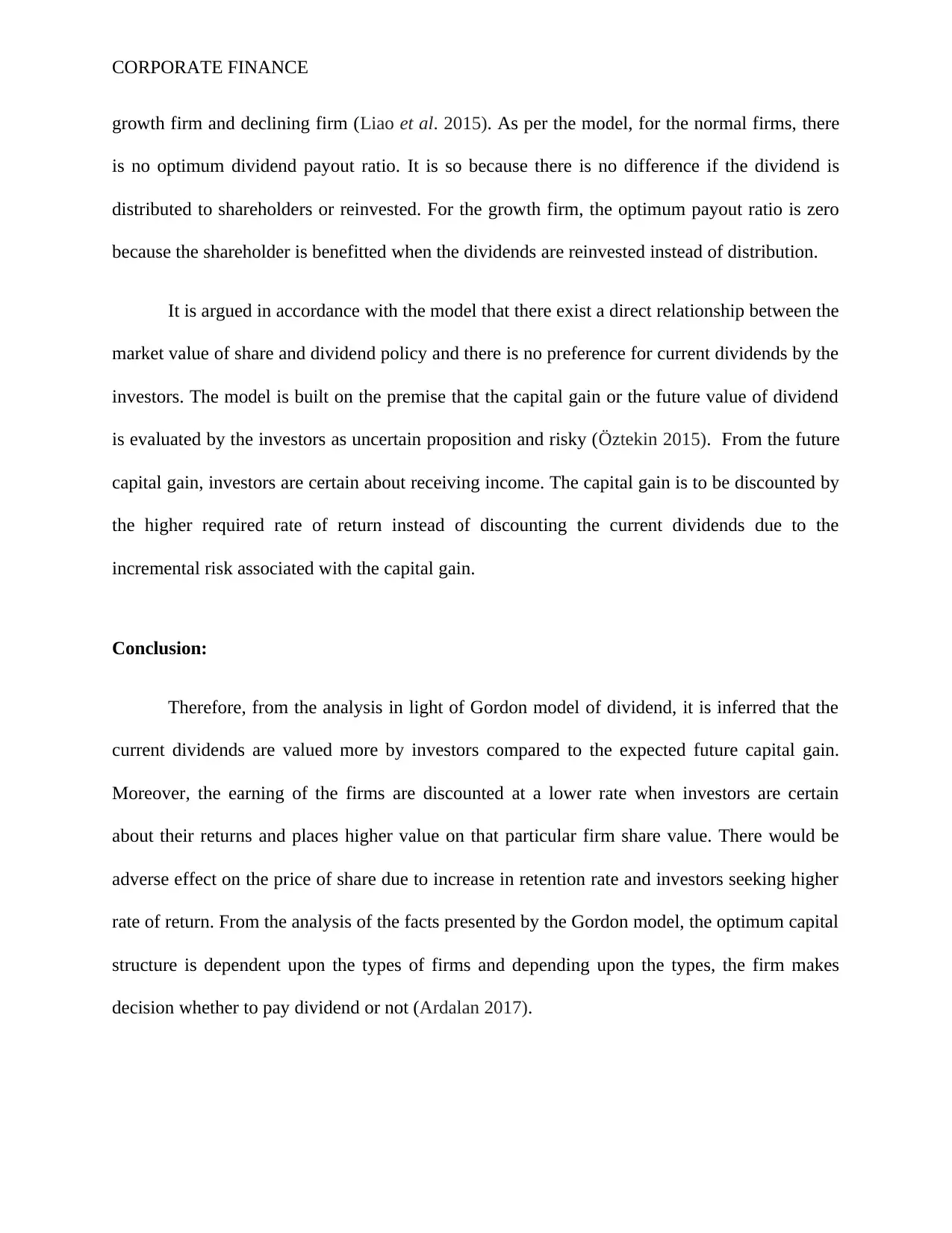
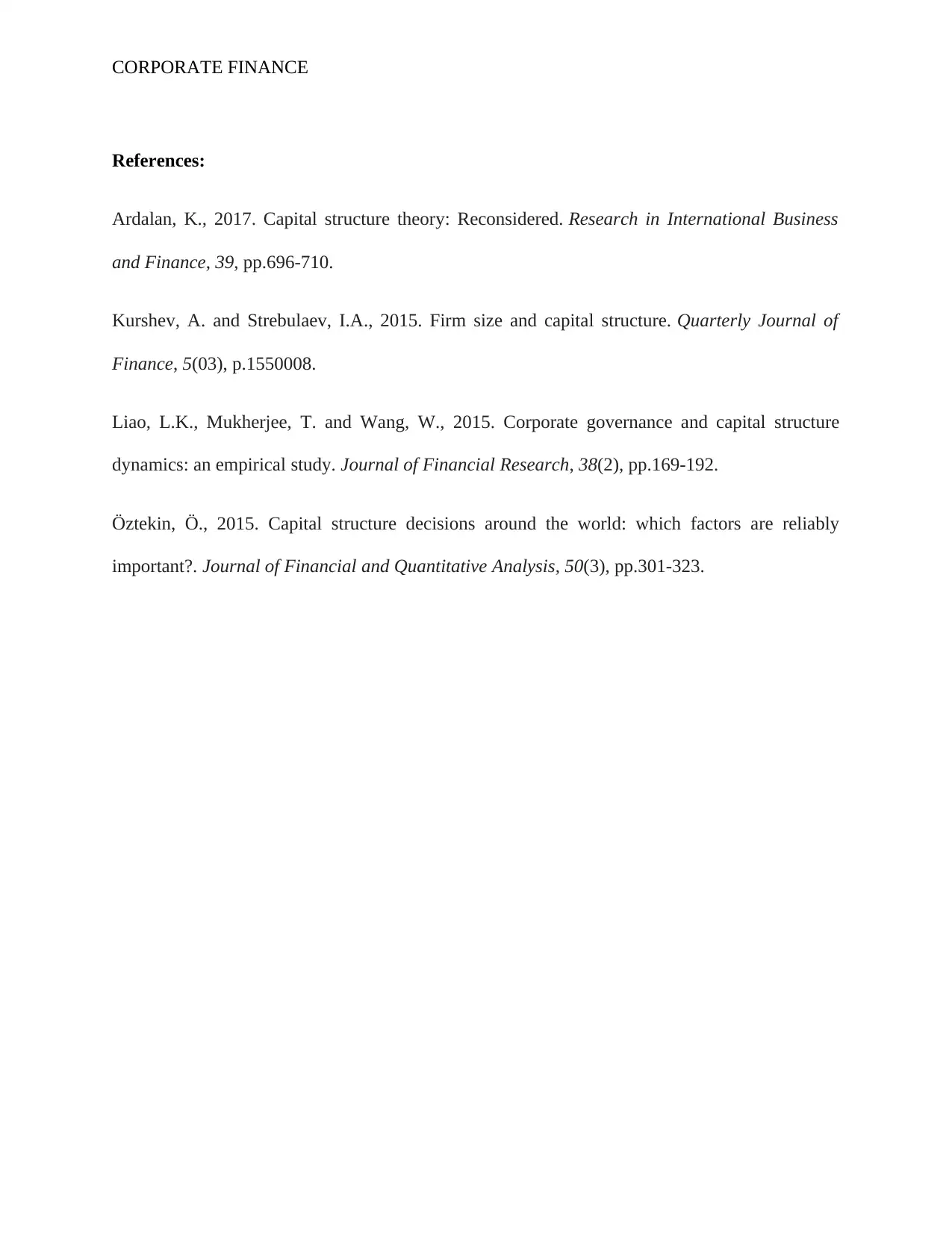






![[object Object]](/_next/static/media/star-bottom.7253800d.svg)